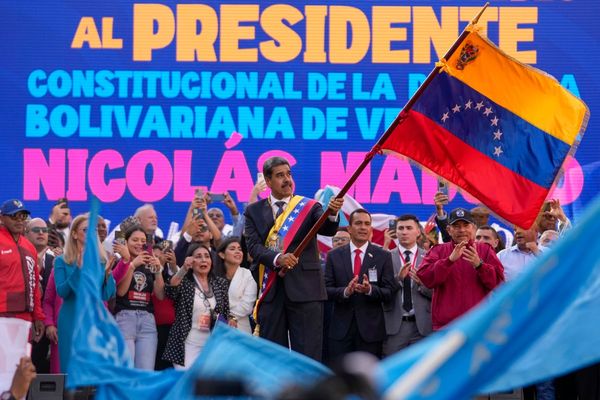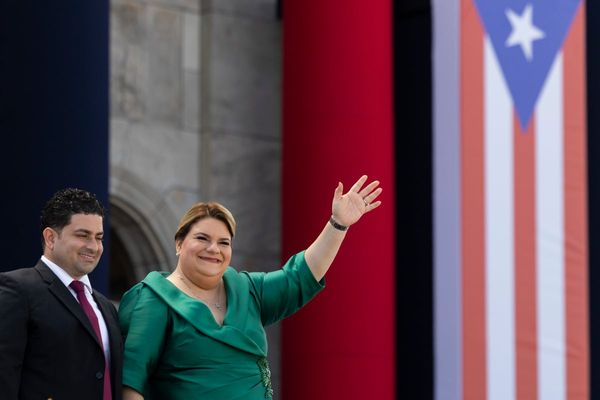In 2016, the Reserve Bank of India (RBI) signed an agreement with the Indian government that led to the creation of the first-ever monetary policy committee (MPC) in the country. Their mandate: to ensure inflation stayed in the 2-6% range over the next five years, with the target set at the midpoint, 4%. The agreement also mentioned that the MPC would take into account growth concerns while setting policy rates.
Four years down the line, India’s inflation-targeting body stands at the crossroads. As the terms of the first set of external members comes to an end, economists remain divided on the efficacy of the inflation-targeting framework in the country. Some economists see the MPC as a rare reform move that has achieved its key goal of low inflation.
Others argue that by focusing narrowly on curbing inflation, the MPC lost sight of growth, contributing to India’s economic slowdown
A Mint analysis of the MPC statements and comments by individual members shows that inflation was indeed the dominant theme in the MPC deliberations. But growth comes a close second. Individual comments of only those members who attended at least 4 MPC meetings have been considered here.


The current RBI governor, Shaktikanta Das, has been among the most vocal on growth, referring to growth concerns more than to inflationary concerns in his comments. Under Das, the MPC has also moved to a more accommodative stance. The former governor, Urjit Patel, was far more vocal on inflationary concerns. There were fewer rate cuts during Patel’s tenure.
To be sure, mentions of key terms and voting patterns are not always linked. Among external members, Ravindra Dholakia has spoken more on inflation related issues than on growth. But Dholakia has also been consistently dovish. Compared to Dholakia, Chetan Ghate laid relatively more emphasis on growth in his comments. But he has been the most hawkish MPC member, advocating a tighter stance than the consensus on six occasions since October 2018.
In general, MPC members have voted alike more often than not. A majority of MPC meetings have resulted in unanimous decisions. During Patel’s tenure, most of those decisions were either for a rate hike or a pause. During Das’ tenure, most decisions have been in favour of rate cuts.
To some extent, the difference in MPC voting patterns during the terms of the two governors reflect the changing macroeconomic environment. For most of Patel’s tenure, official growth numbers looked rosy. In contrast, for most of Das’ tenure, official growth figures have shown deceleration.
Indeed, if you believe that India’s new GDP series accurately reflects reality, then there is very little reason to complain about the MPC’s performance. For most of the MPC’s term, official growth numbers have been robust. But if you believe that other indicators of economic activity --- credit growth, corporate investments, industrial output, household consumption, real wages --- reflect economic reality better, then there is reason to complain. As these pages have pointed out earlier, almost all such indicators show that economic momentum since 2011-12 has been far weaker than what official growth numbers suggest.
Given that RBI itself had expressed doubts about the new GDP series in the past, it should have relied more on other high-frequency indicators, said V. Anantha Nageswaran, an economist and member of the Prime Minister’s Economic Advisory Council (PMEAC). RBI’s own credit offtake data suggested that the underlying economic momentum has been weak for quite some time, he added.
Other data troubles may have also led the MPC astray. RBI’s medium-term inflation forecasts have on several occasions been higher than the actual inflation. More worryingly, RBI’s data on inflationary expectations, gathered from a small urban sample, does not appear to have been a reliable guide.
After the MPC first met in October 2016, household inflation expectations saw a declining trend for some months. Even though the levels remained far above the actual inflation levels, one-year-ahead inflation expectations remained below double digits till mid-2018. From early 2018 onward, one-year-ahead inflation expectations began moving up inexplicably, hitting double-digits again in June 2018. The actual inflation trajectory in early 2019 (for which the expectations were recorded a year ago) was completely different. Some economists have suggested that households are adaptive in forming future expectations, i.e., they rely on current and past data to project the future. But when households were reporting rising inflation expectations in the first half of 2018, headline inflation was actually trending downwards. It remains a puzzle why households reported high inflationary expectations during that period.
These data puzzles are of central importance to the debate on monetary policy in India. If the inputs to the MPC’s decision-making process are faulty, can we expect better outcomes? If high-quality data were made available to MPC members, would they have adopted a more accommodative stance?
This is not to suggest that tight monetary policy was the sole or even primary reason for the growth slowdown. But the analysis suggests that bad data may have led the MPC to keep monetary policy tighter for far longer than was necessary.
While the excessive tightness may have curbed growth to some extent, it did indeed help in keeping inflation under control for the most part. While other factors such as the decline in crude oil prices and the relatively controlled hike in farm support prices may have also helped, the inflation-targeting regime also contributed to the success in taming price rise.
“While low commodity prices and controlled hikes in MSPs (minimum support prices) helped, the MPC was successful in controlling the demand-pull inflation," said Rupa Rege Nitsure, group chief economist at L&T Finance Holdings.
Nitsure, who was a member of the Urjit Patel committee on inflation targeting in 2016, said it was unfair to blame the MPC for the growth slowdown, which was due to mis-steps such as demonetisation in 2016 and a premature shift to GST (goods and services tax) in 2017.
Given the exceptional shocks that the economy has witnessed over the past few years, we may have to withhold judgement on the inflation-targeting regime in India for now, said Renu Kohli, a Delhi-based economist and former central banker.
“We need to see one more cycle to see if it has worked," said Kohli.
The inflation targets may need to be revised upwards so that growth is not a casualty in the coming years, said Nageswaran.
This is the second of a two-part series on RBI. The first part examined the roots of the finance ministry-RBI tussle







